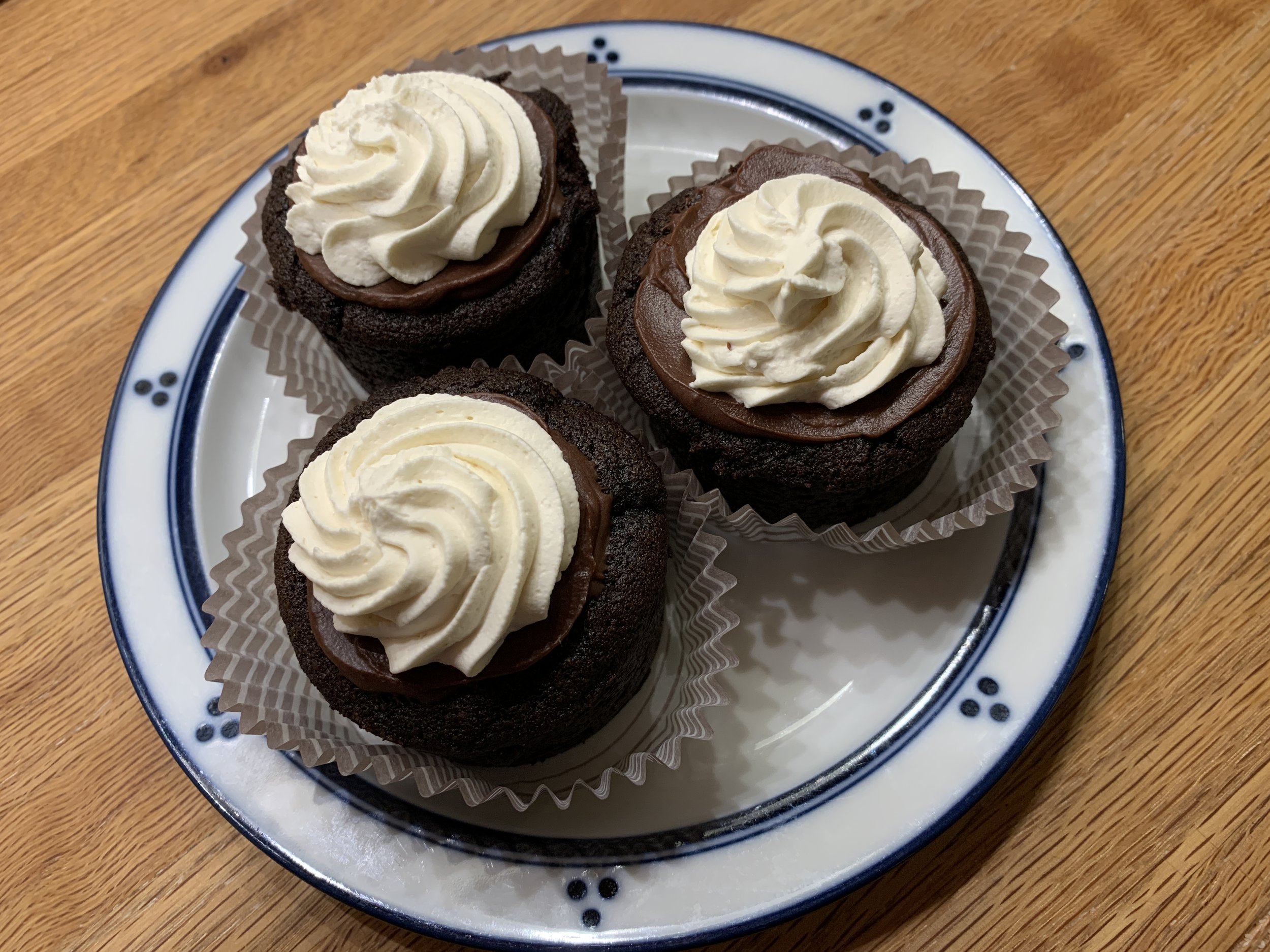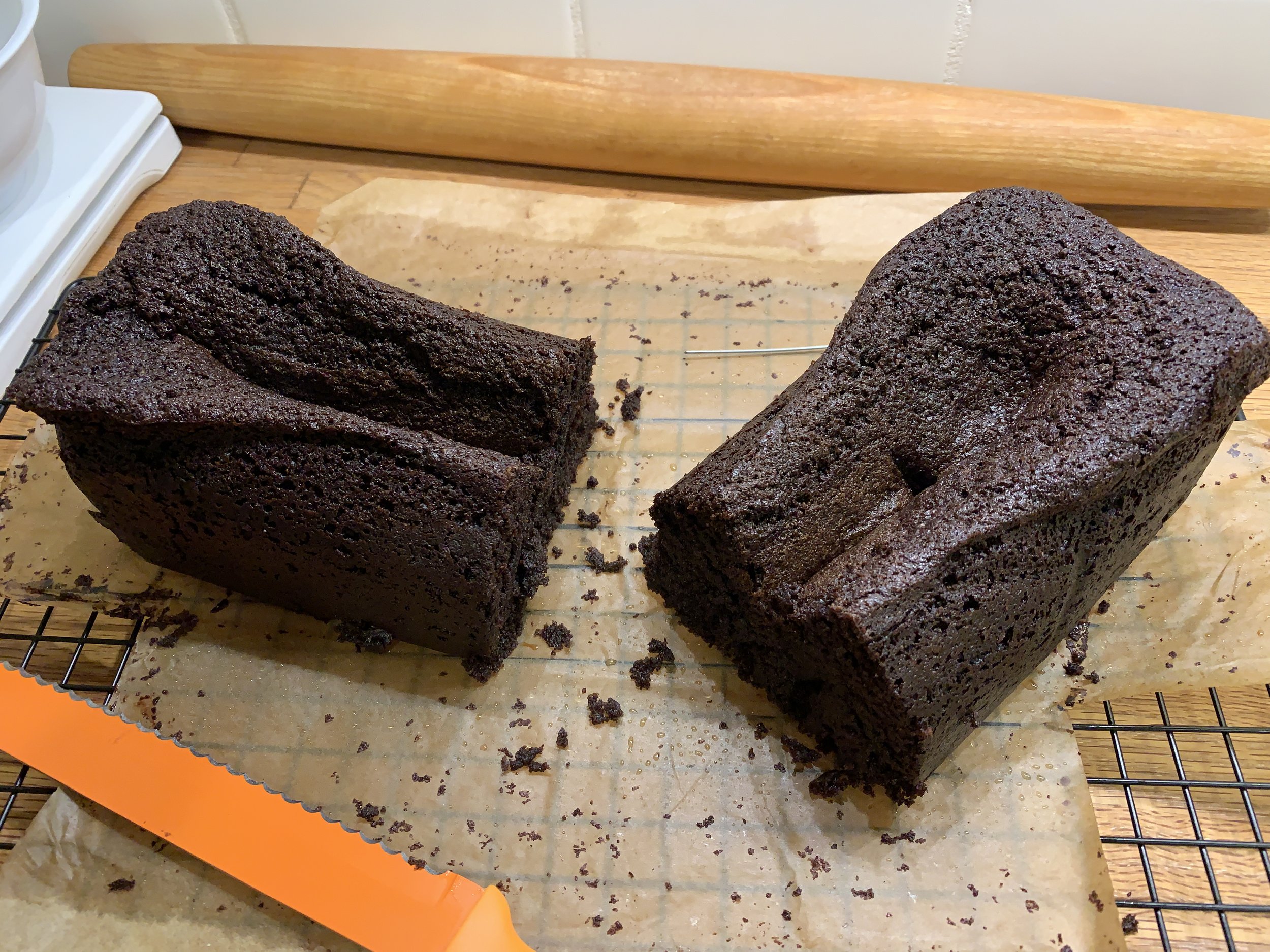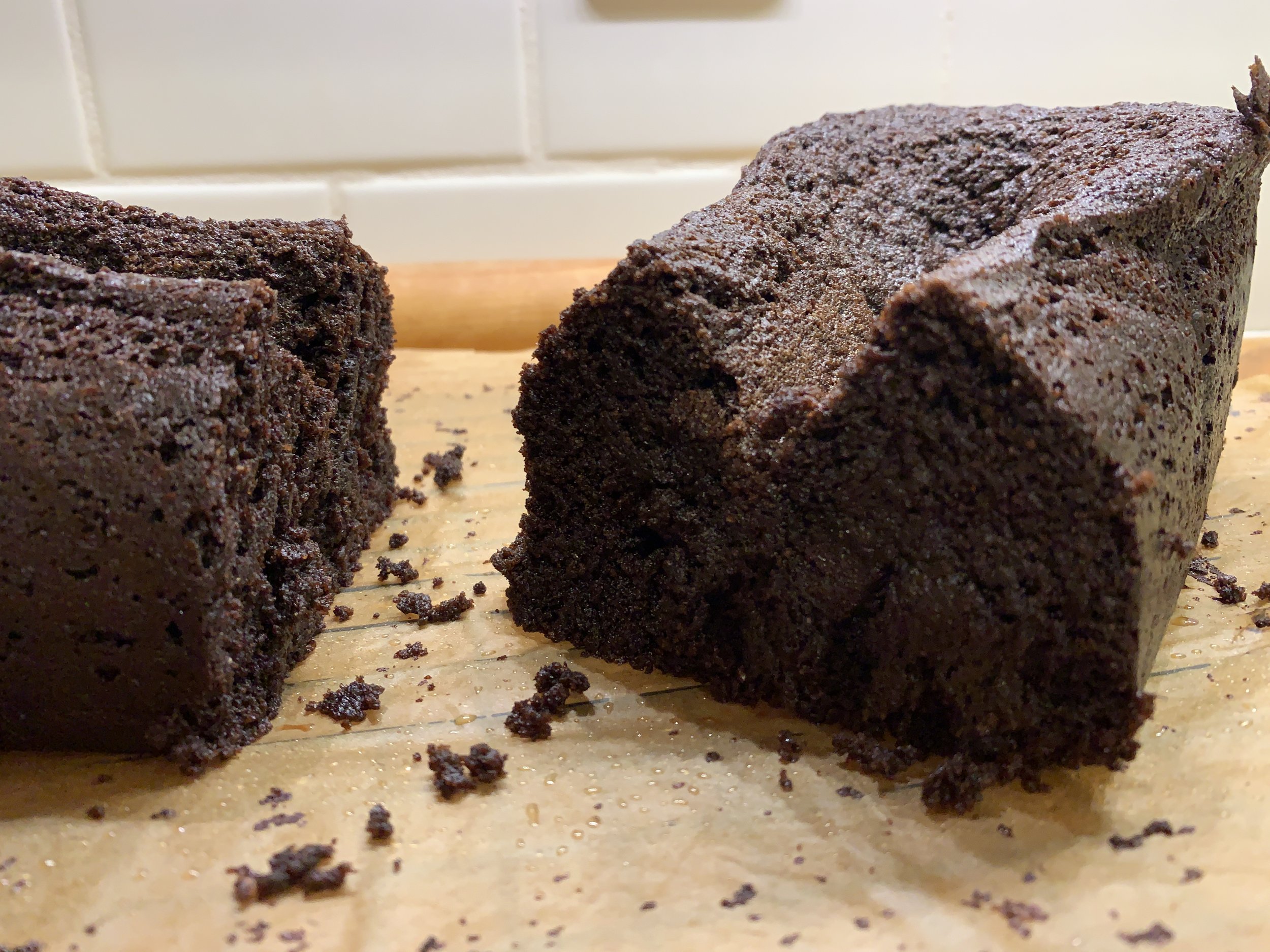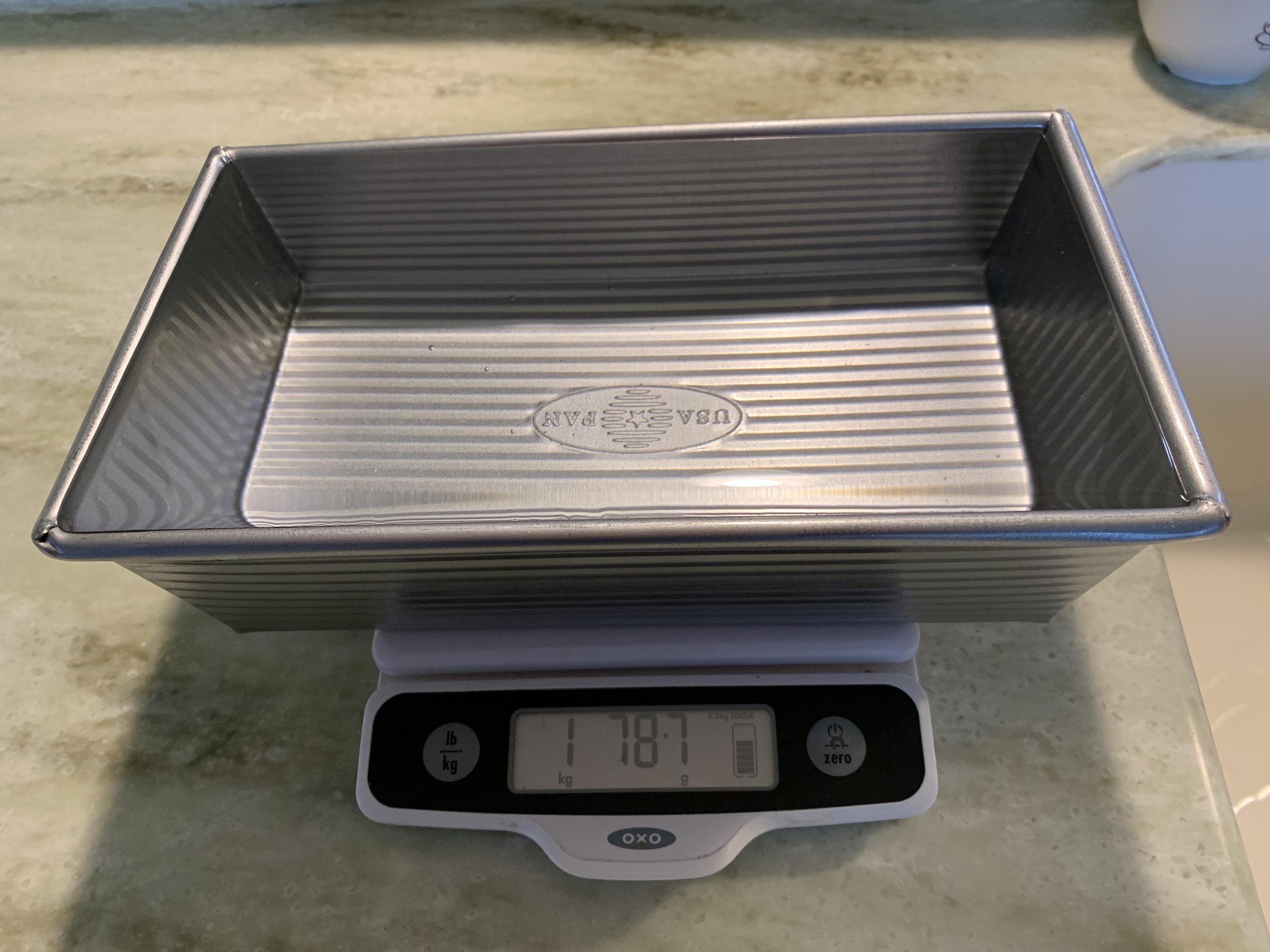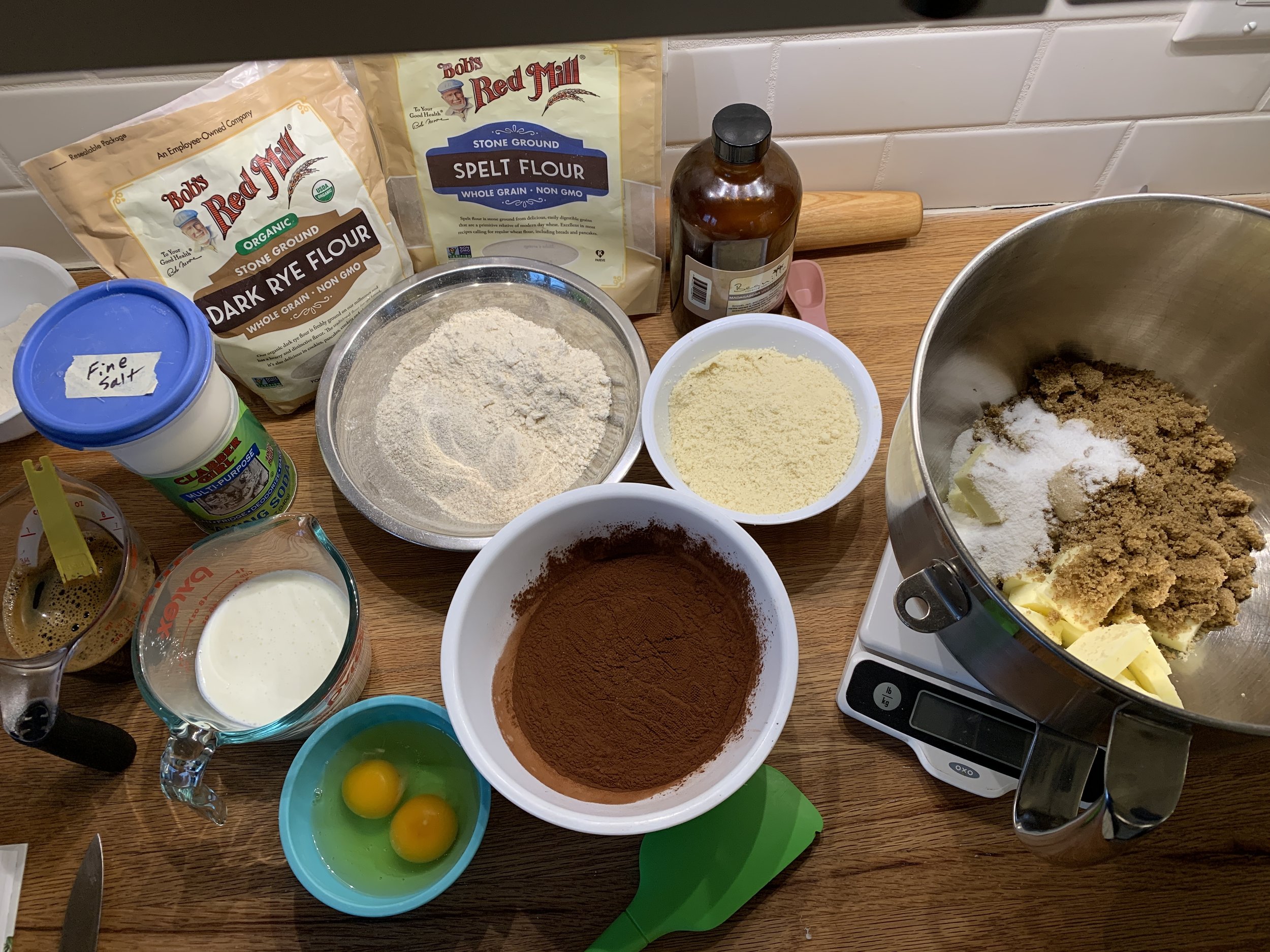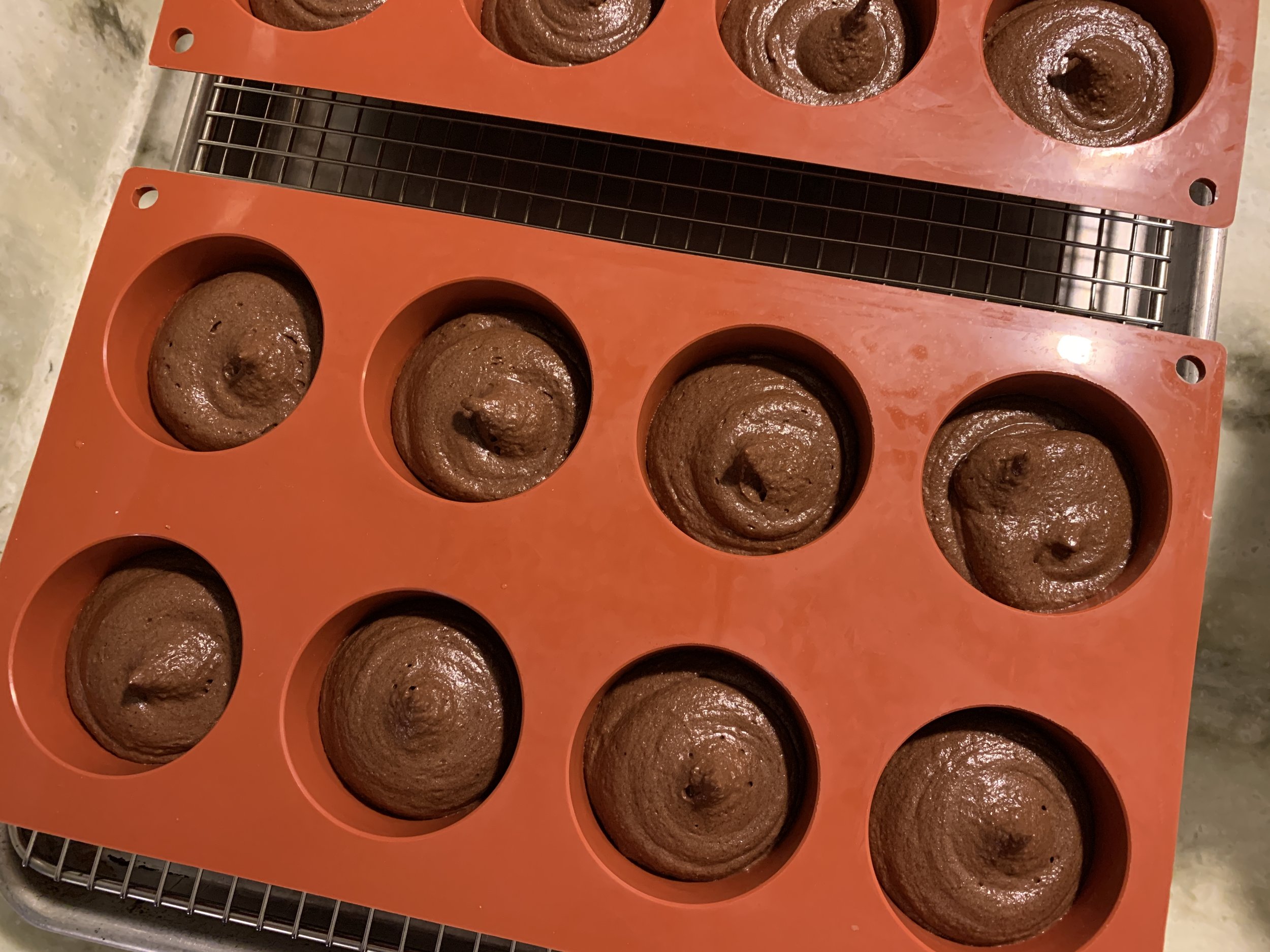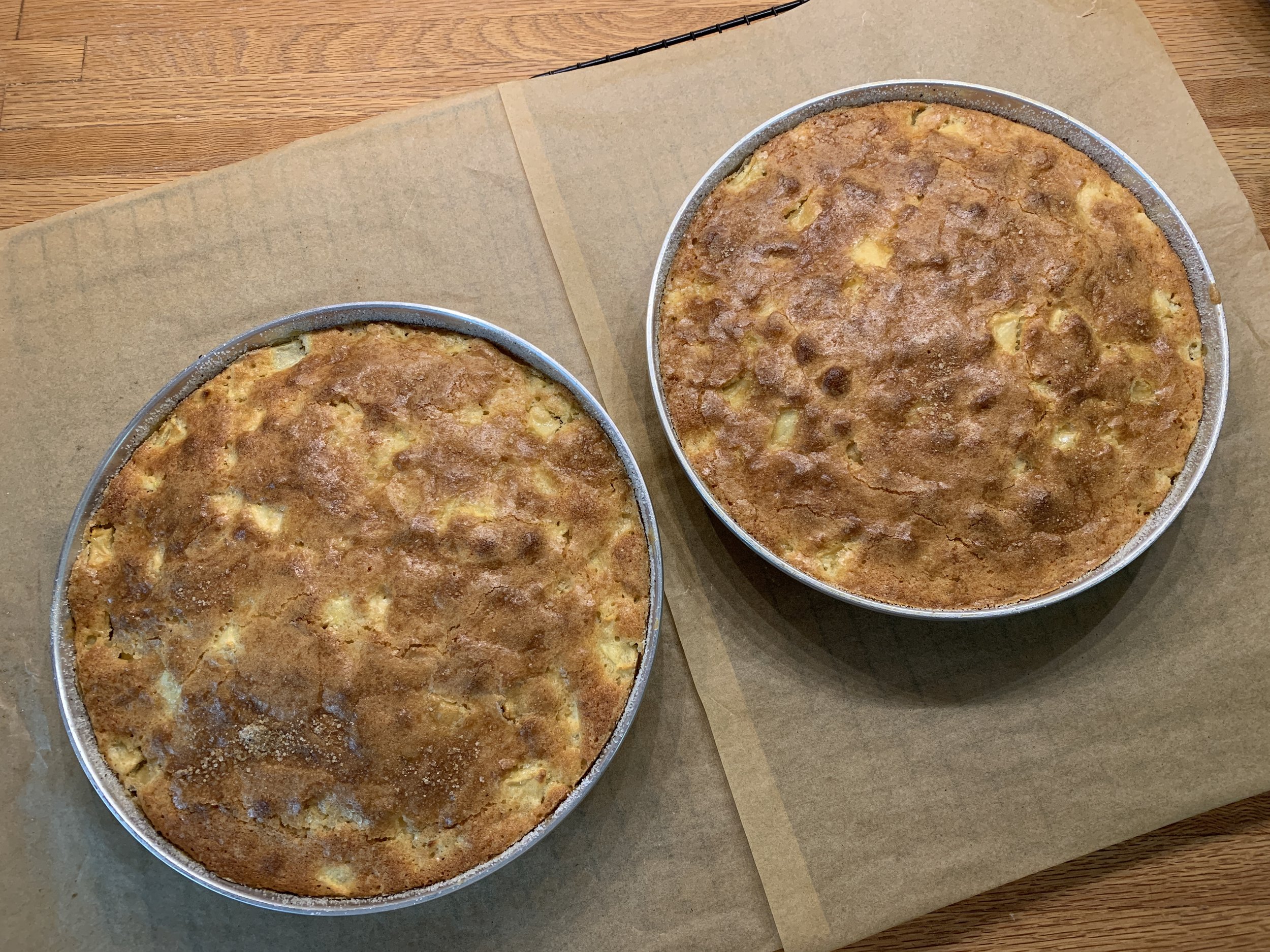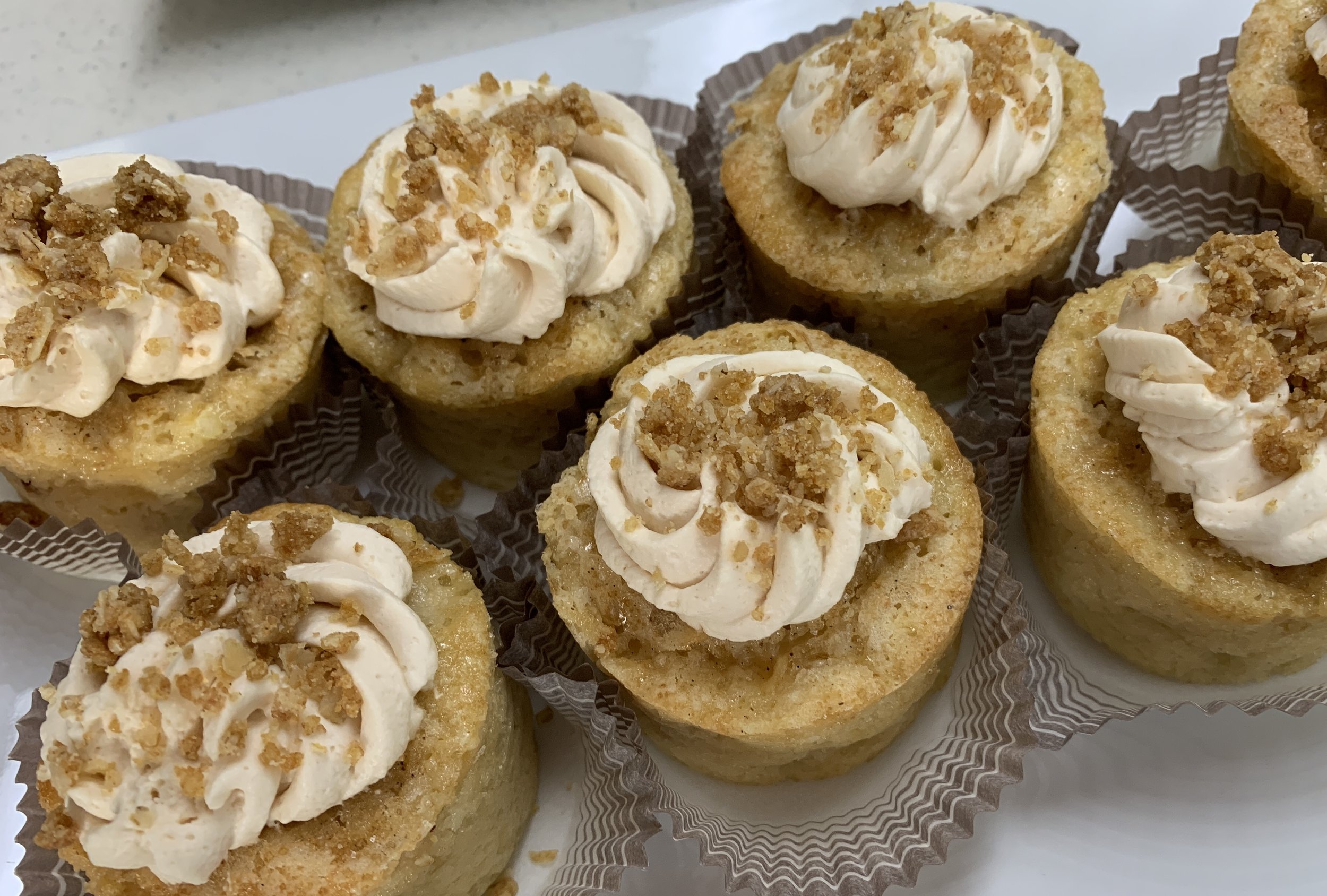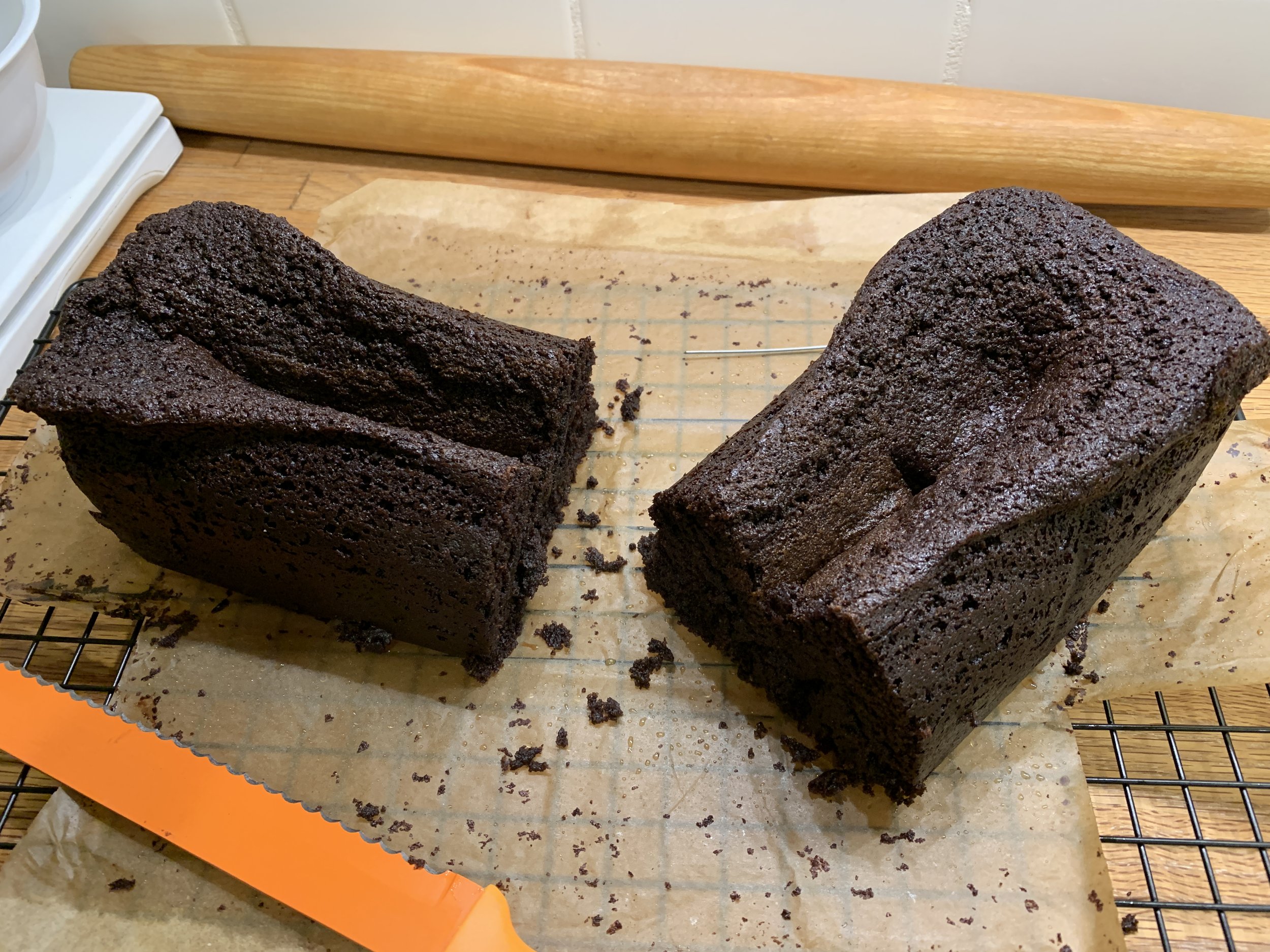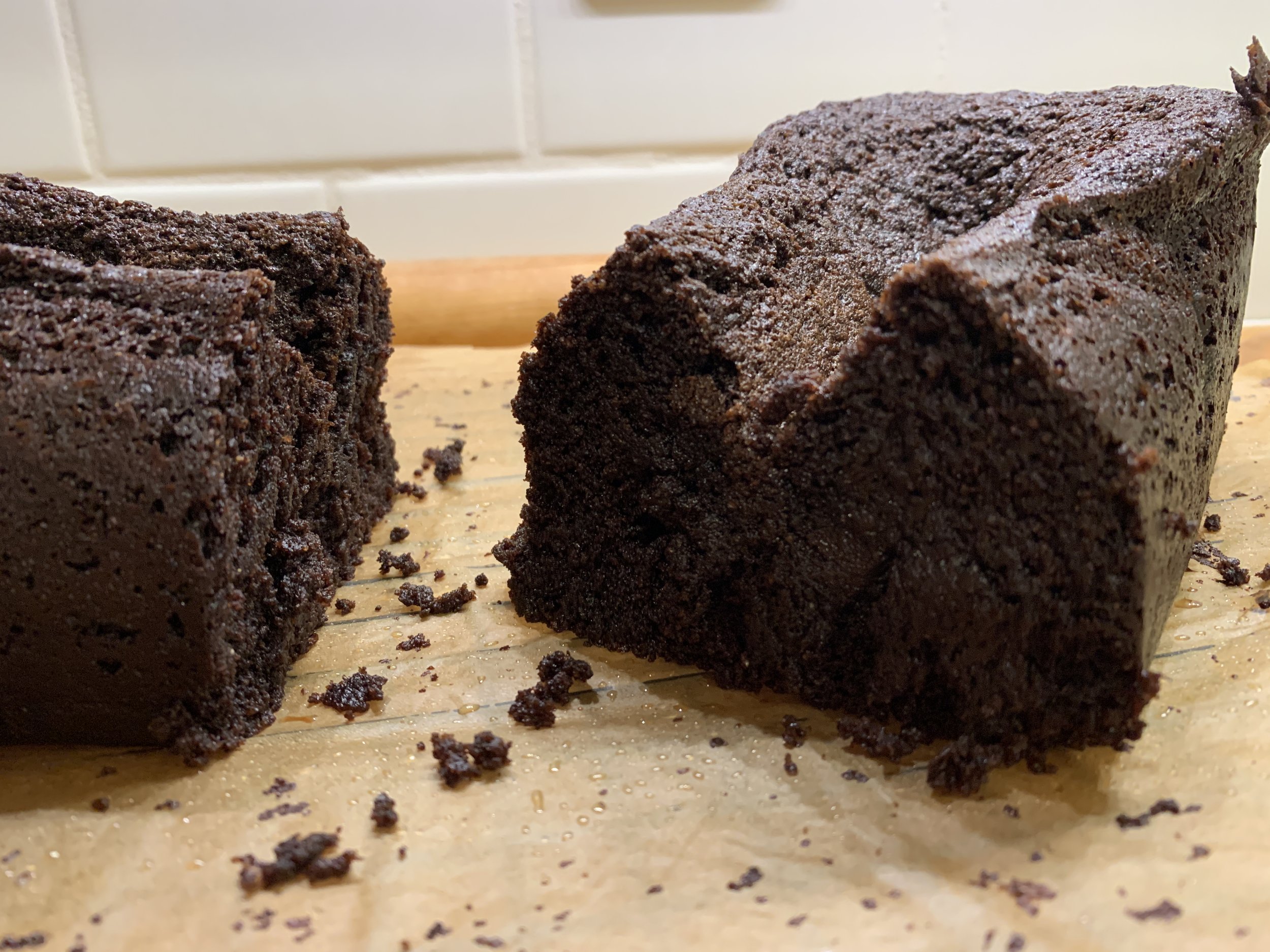Citrus olive oil almond flour yogurt cake
/Wow! That title is one heck of a mouthful. Here’s another cake quickie with more citrus coming at ya! I’ve shared a couple of other citrus cake beauties with you in recent months - orange and lemon - and this one sort of rounds those out as summer wanes. Soon I’ll be gearing up for autumn with buttery pâte brisée, croissant and puff laminated doughs, nutty/caramel-y tartes and so much more.
While citrus is typically heralded during winter and early spring, the flavors marry so beautifully with summer fruits - lime with strawberry or cherry; lemon with raspberry or blueberry; orange with blackberry come immediately to mind. You’ll find many recipes for things like fruit crisps, jams, fruit sauces or purées that call for a squeeze of lemon juice to brighten flavors. I’m on board.
One lazy warm summer afternoon as I was reviewing recipes from various sources, this one caught my eye. It’s from Aleksandra Crapanzano’s book “Gâteau” which offers a wonderful array of simple classic French cakes. There’s a section specifically focused on yogurt cakes in which she offers some interesting versions and flavor choices. This is one of them. And besides - I had yogurt and some almond flour to use up! It’s a straight forward prep that doesn’t even require a mixer. Nice!
I first wrote about the French approach to a simple yogurt cake here. And you’ll find an orange olive oil cake here - I made this one during the early weeks of the pandemic when I was abuzz with free time and the need to bake.
As is often my wont when making a loaf cake, I use my mom’s longer, narrower Mirro loaf pan which gives a slimmer, less bulky looking end result. I like that. Butter, line with parchment, then butter and raw sugar coat it for that hint of a sugar crunchy edged result.
Here’s the recipe PDF. My mise is below where you can see I decided on a mix of lemon, orange and lime zests which I rubbed into the sugar to release the oils. I’m sure many of you know that trick. Eggs should be at room temp. I use Chobani whole milk plain yogurt and a fruity Italian extra virgin olive oil (EVOO). I’ve been using Mandelin blanched almond flour for several years now - I used to order the 5 lb bag from the company but you can now find it on Amazon. Costco sells 3 pound bags of their Kirkland brand at a decent price too.
All mised up
In a large mixing bowl whisk the eggs, yogurt, sugar/zests, EVOO, vanilla and almond extracts. Blend in almond flour, baking powder, baking soda and salt then sift in the all purpose flour and blend. Remember - the recipe is here just for you!
Flour is the final addition
I thought I’d try a suggested variation of sprinkling sliced almonds on top before baking, but once I had done that I said to myself “Susan - these babies are going to sink - I should have added them after the cake had started to set”. Guess what - I was right. Down they went! Sometimes our brains tell us something for good reason.
Almonds soon to disappear!
The cake bakes at 350ºF about 40-45 minutes until a tester comes out clean. Even though the almonds sunk, the result was a lovely golden brown with a pleasing aroma of citrus.
Next time I’ll wait about half way through the bake before sprinkling almonds on top. Or, even better, forget the added almonds and check out some serving suggestions below.
No almonds to be seen
Let cool about 10-15 minutes. Rather than lifting it out of the pan, I opted to turn it out so the bottom side ended up top. Looks pretty good to me. I think I see a fleck or two of sunken almonds.
Moist, tender and citrus scented, serve a simple slice with an afternoon cup of tea or coffee. For a light dessert, serve with Chantilly, a sprinkle of fresh berries and toasted or candied sliced almonds. Or amp it up a notch and top with a scoop of vanilla ice cream, warm berry sauce and a crunchy crumble. I think you’ll like it.
I see some almonds!!
Autumn is coming! Yay!









